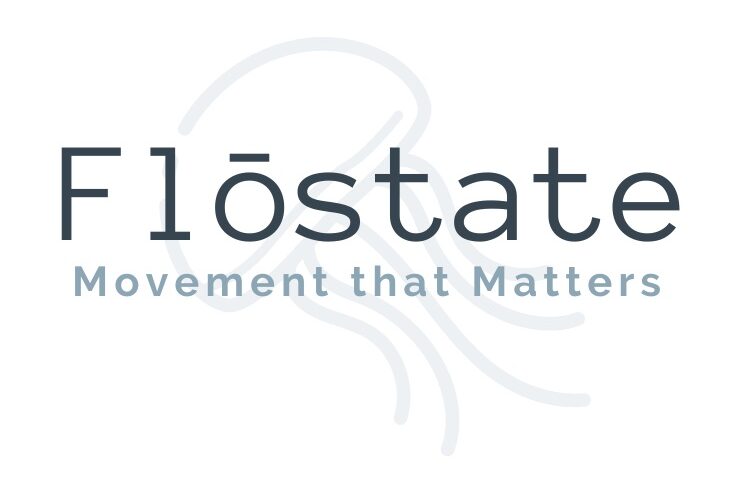Pickleball is fast-paced, fun, and surprisingly demanding on your body. Whether you’re a weekend warrior or a daily doubles regular, the quick stops, starts, pivots, and overhead smashes can leave you feeling stiff—or worse, sidelined with an injury.
That’s where yoga comes in.
Strong + Mobile Joints = Fewer Injuries
Pickleball puts a ton of stress on the knees, ankles, hips, shoulders, and wrists. Yoga strengthens the stabilizing muscles around those joints and improves your range of motion. That means:
- Fewer rolled ankles and tweaked knees
- Less shoulder strain on overhead shots
- More resilient, balanced movement all around
Think of yoga as your insurance policy—and your performance enhancer.
Yoga + Agility: A Winning Combo
The secret to faster footwork and better court coverage? Agility. And it starts with body awareness. Yoga builds:
- Core strength, to help you pivot and lunge without overloading your joints
- Single-leg balance, for stability during quick directional changes
- Breath control, to recover quickly between points and stay calm under pressure
BONUS: Reaction Time Boost
Flow-style yoga enhances your neuromuscular connection—the communication between your brain and muscles. With regular practice, your body gets quicker at responding to unpredictable bounces and fast volleys. You’re not just moving more gracefully—you’re reacting faster.
3 Yoga Tips for Pickleball Agility & Recovery
- Try dynamic flows like Warrior 2 to Side Angle to Reverse Warrior to train movement control and hip mobility.
- Add balance work like Tree Pose or standing figure 4s after a workout to stabilize the ankles and knees.
- Use deep stretches (think Pigeon or Reclined Twist) after play to aid recovery and reduce soreness.

Ready to Serve Up a Smarter Game?
Yoga isn’t just for flexibility—it’s functional training for the court. Whether you’re looking to up your game or just feel better between matches, a little yoga goes a long way.
Join us for a livestream, on demand or in-person yoga class this week—we’d love to help you feel strong, limber, and ready to rally.👉 Explore Our Yoga Classes





